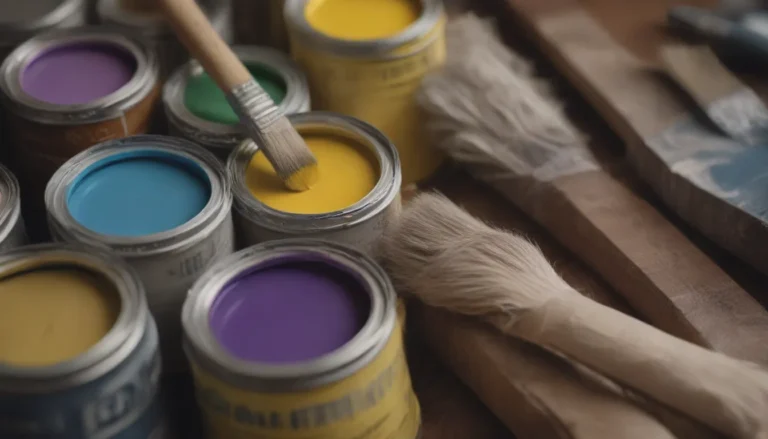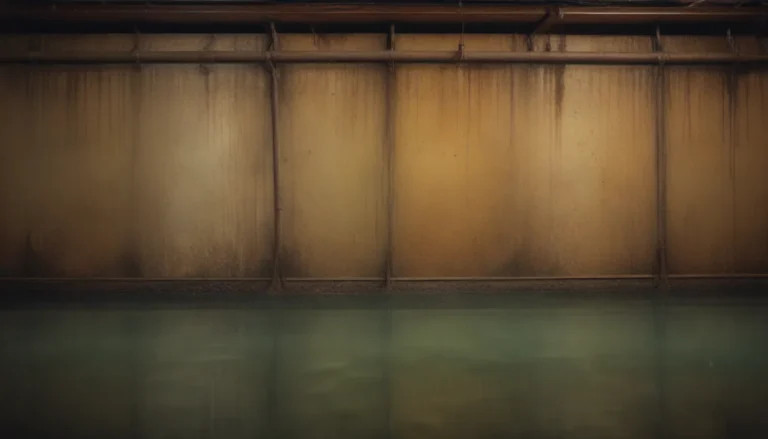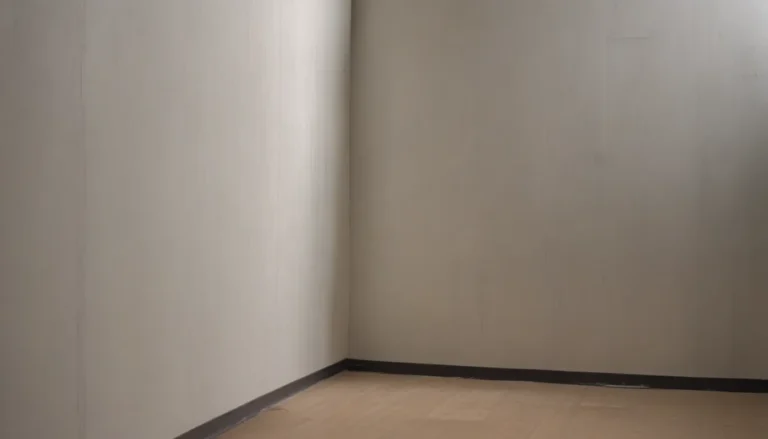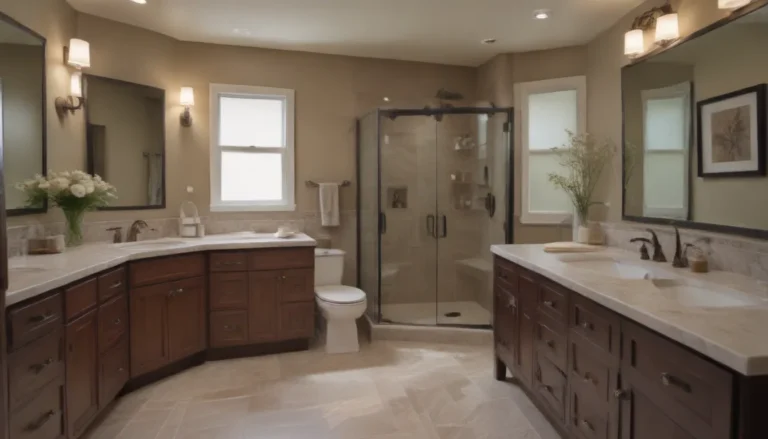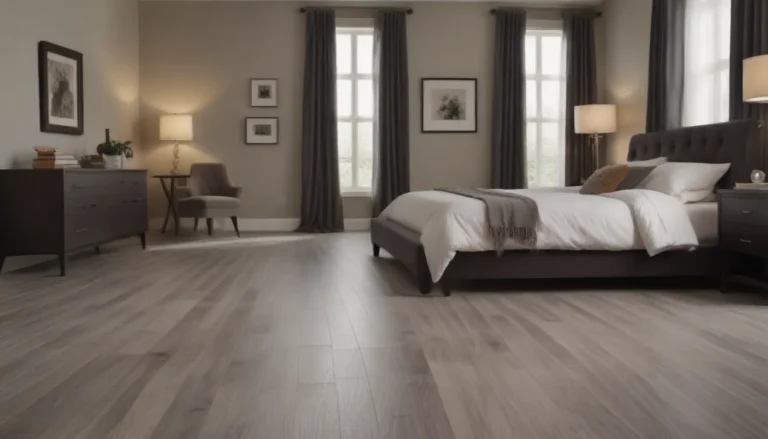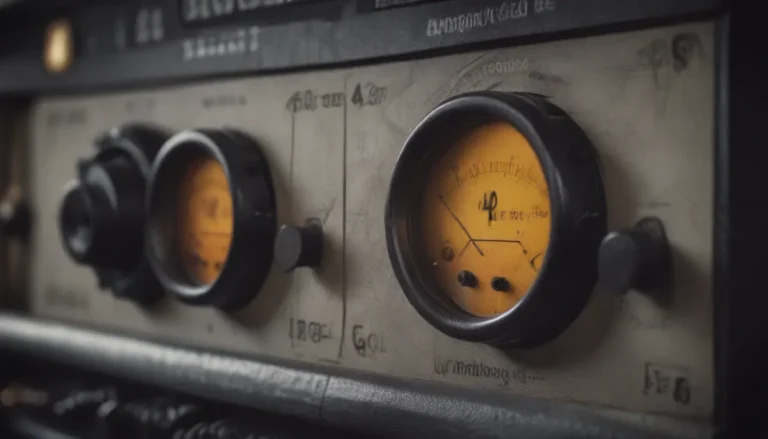Everything You Need to Know About OSB Sub-Flooring
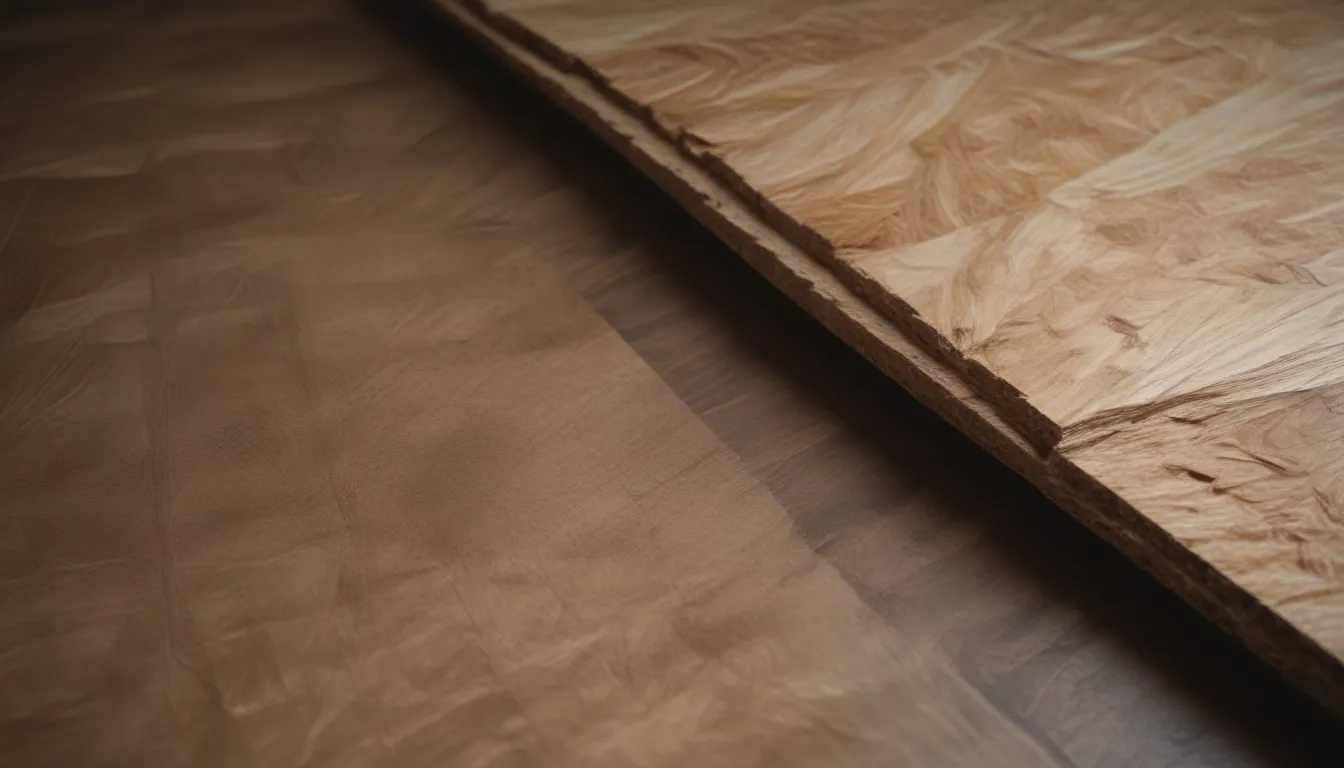
Welcome to our comprehensive guide on OSB (Oriented Strand Board) sub-flooring basics. Whether you’re a seasoned builder or a DIY enthusiast, understanding the ins and outs of OSB sub-flooring can help you make informed decisions for your next project. In this article, we’ll delve into what OSB is, its applications, pros and cons, and the bottom line on whether it’s the right choice for your flooring needs.
What is OSB?
Let’s start with the basics. OSB stands for oriented strand board, a synthetic wood product made from compressed wood chips. Unlike plywood, OSB is constructed by compressing up to 50 layers of wood strands under high pressure to create structural panels in sizes similar to plywood sheets. These panels resemble giant cornflakes when viewed from the side and have a flat, sometimes waxy, surface on the front and back.
OSB as a Floor Covering
Floor covering, also known as finish floor, refers to the topmost visible and walkable surface of a floor. While materials like laminate, luxury vinyl, and ceramic tile are commonly used as floor coverings, OSB is generally not recommended for this purpose. The main reasons why OSB isn’t ideal for floor covering include its appearance, susceptibility to moisture, and difficulty in painting.
OSB Subflooring
OSB subflooring serves as the base layer beneath the finish floor, providing support and stability for various flooring materials such as hardwood, engineered wood, and vinyl tile. While plywood has historically been the go-to choice for subflooring, OSB gained popularity in the 1970s and started competing with plywood in the subflooring market in the 1990s. Local building codes typically allow the use of OSB for subflooring, but it’s essential to check with your permitting office before proceeding.
Pros of OSB Subflooring
- Larger formatting options (up to 8 feet wide and 16 feet long)
- Cost-effective alternative to plywood
- Suitable for dry environments
- Easy to install and work with
Cons of OSB Subflooring
- Susceptibility to moisture damage
- Prone to swelling and delamination in wet conditions
- Limited versatility compared to plywood
- Not recommended for high-traffic areas
Is OSB the Right Choice for Your Subfloor?
In conclusion, while OSB can serve as a temporary solution for floor covering in sheds or workshops, it is not recommended for long-term use in residential or commercial spaces. Over time, OSB may degrade due to repeated use and exposure to moisture, leading to structural issues. If you’re a homeowner installing subflooring in your house, opting for 5/8-inch CDX plywood or a comparable alternative is a safer bet for durability and longevity.
With its unique properties and applications, OSB continues to be a versatile building material in the construction industry. By understanding its strengths and limitations, you can make informed decisions when selecting the right subflooring material for your project. Remember to prioritize durability, moisture resistance, and overall quality to ensure a solid foundation for your flooring.
